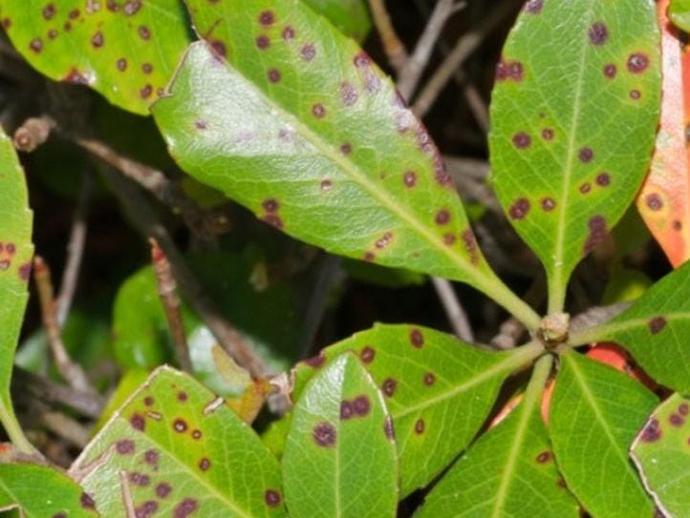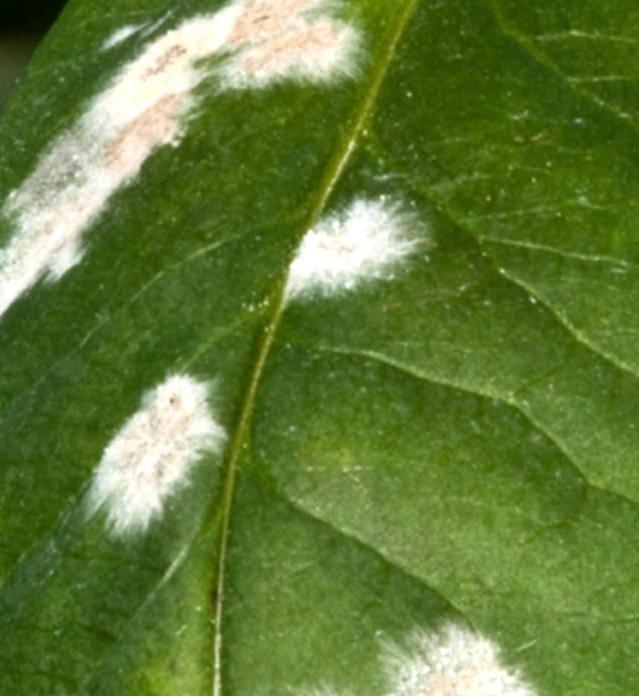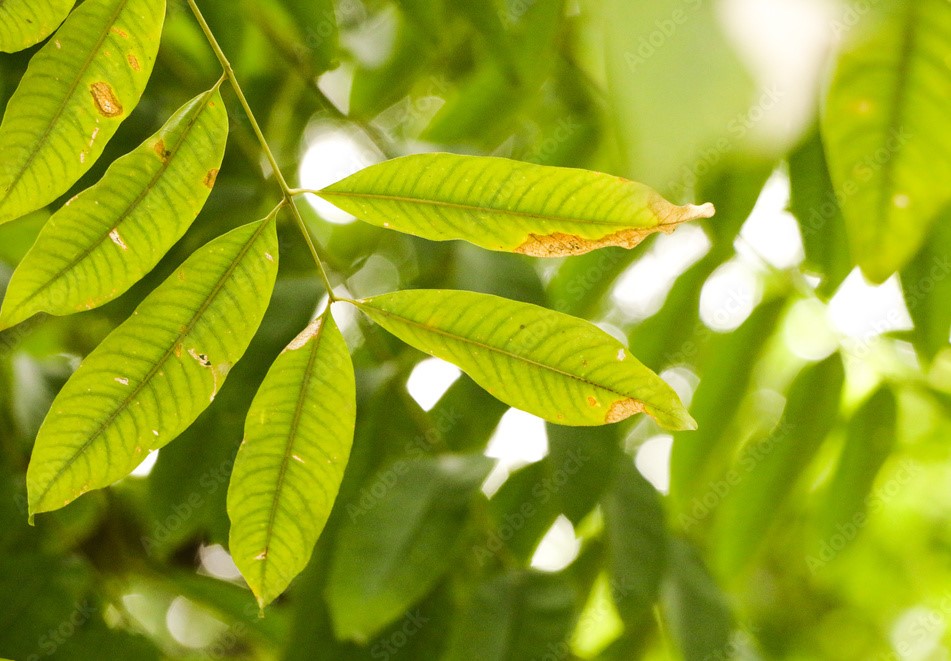Kunkudu Plant
Kunkudu commonly called as Indian Soapberry, possibly referring to a specific plant variety, may have varying care requirements. Generally, provide well-draining soil, appropriate sunlight, and regular watering. Pruning and fertilizing practices may vary based on the specific characteristics of this plant.
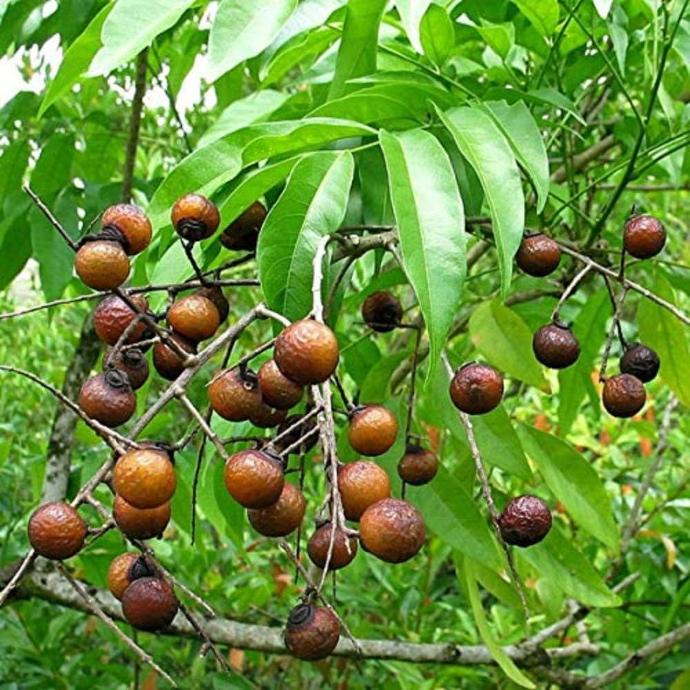
Habit
Tree
Height
2-3 meters
Growth
Slow
Soil
Well-drained, loamy soil
Shade
Full Sun
Moisture
Moist
Edible
No
Medicinal
Yes
Origin
India
Climatic Condition
Tropical, subtropical
Temperature (°)
25-35
Humidity (%)
60-70
Potting media
Organic compost
Fertilizers
Nitrogen-rich
Watering
Moderate
Plant Weight
500-800 grams
Flowering Time
Summer, Spring
Soil Ph level
6.0-7.5
Water Ph level
6.5-7.0
Soil EC
0.3-0.5 mS/cm
Yield Per Plant
Moderate
NPK ratio
05:10:10
life Span
5-10 years
Health Benefits
Nutrient-rich, boosts immunity, lowers cholesterol
Suggested Grow Media or Potting Mix ?
50% loamy soil, 30% compost, 20% sand
Suggested Fertigation/Fertilizers
Fertilize every 4 weeks with a balanced fertilizer.
Common Diseases and Remedies
Leaf spot, Powdery mildew.
Small, dark brown colour spots appears on leaves, white powdery substances on leaves and shoots.
Remove infested plant parts in early stage, neem oil.
HEALTH BENEFITS
Natural cleanser, antifungal, and antibacterial for skin and hair health.
What Is An Kunkudu Tree?
The Indian Sapindrum or Kunkudu is a type of tree native to the Indian subcontinent and other parts of Asia. This tree is commonly called "soapnut tree" or "reeta tree" in India. The fruits of the Indian soap tree contain saponins, which are natural surfactants that produce foam when mixed with water. This makes the fruit an effective natural cleaning agent. In traditional Indian and Ayurvedic medicine, soap nuts have been used for centuries for a variety of purposes, including as a gentle cleanser for skin and hair.

What Are The Different Types Of Kunkudu Plants?
1. Sapindium
Also known as Indian Sapindrum or Soapnut, it is one of the most commonly used species. Native to the Indian subcontinent, it is known for its high saponin content and is popular as a natural cleaning and skin care product.
2. Sapindus trifoliatus
This species is commonly found in tropical regions of Asia, including India, Sri Lanka, and Southeast Asia. Its uses and properties are similar to Sapindium.
3. Sapindus marginatus
Also known as the Florida Sapindica, this species is native to the southeastern United States, particularly Florida. Like other Sapindiums, it contains saponins and was historically used by Native American tribes for a variety of purposes, including as a soap substitute.
4. Sapindium
This species is native to the Americas, especially Central and South America, and is known as the ``Western Sapindrum'' or ``Sapindium tree.'' Although used less frequently than its Asian counterpart, it also contains saponins and has been historically used by indigenous peoples for cleaning purposes.
5. Sapindium Larak
This species is native to Indonesia, especially the island of Java, where it is locally known as "Lerak." Due to its high saponin content, it is traditionally used for washing clothes and as a natural shampoo.
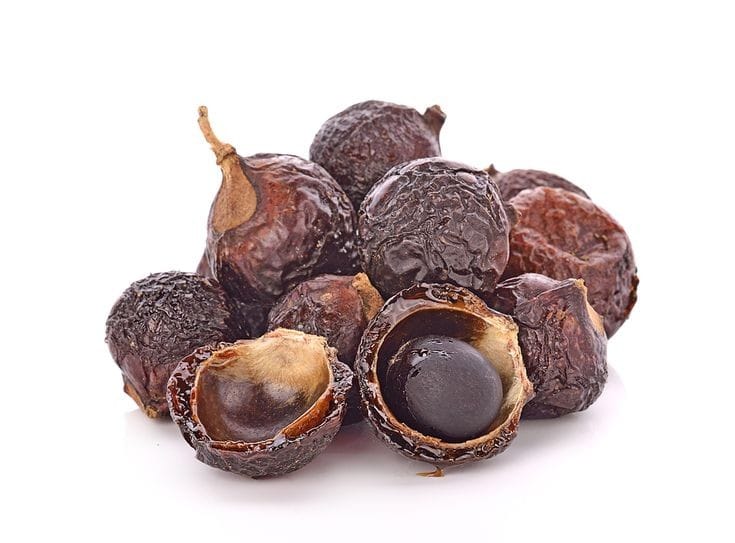
How to Care Kunkudu ?
1. Location
Usually grows in warm, humid climates. If you are considering growing a kunkudu plant, it is important to ensure that you provide suitable growing conditions. Kunkudu plants prefer warm, humid tropical or subtropical climates. It is not cold hardy and must be protected from low temperatures.
2. Sunshine
The kunkudu plant, also known as the soapnut tree, grows in nutrient-rich sunlight. Sunlight is not just a heat source, it is the key energy that fuels the growth and development of this remarkable plant. The Kunkudu plant, with its glossy green leaves, stretches to absorb sunlight, converting it into essential nutrients needed for growth. With enough sunlight, the stems will stabilize, the foliage will be lush, and the end result will be a bountiful harvest of valuable soapnut fruit.
3. Soil
Kunkudu plants tend to prefer vigorous growth and abundant fruit production, and find an ideal home in well-drained, nutrient-rich soils. The loamy soil composition, with a balanced mix of sand, silt, and clay, provides the perfect foundation for Kunkudu's root system to thrive. This type of soil allows for proper drainage and prevents waterlogging that can damage the delicate roots of your plants.
4. Hydration
Hydration is essential to the health of the kunkudu plant, ensuring its vigor and resistance to environmental stress. Just as humans depend on water to grow, kunkudu plants also depend on proper hydration to maintain growth and development. Once the roots penetrate the soil, the plant begins searching for moisture, extracting water and essential nutrients from its surroundings. Regular watering is important, especially in dry weather, to replenish the plant's water reserves and prevent dehydration.
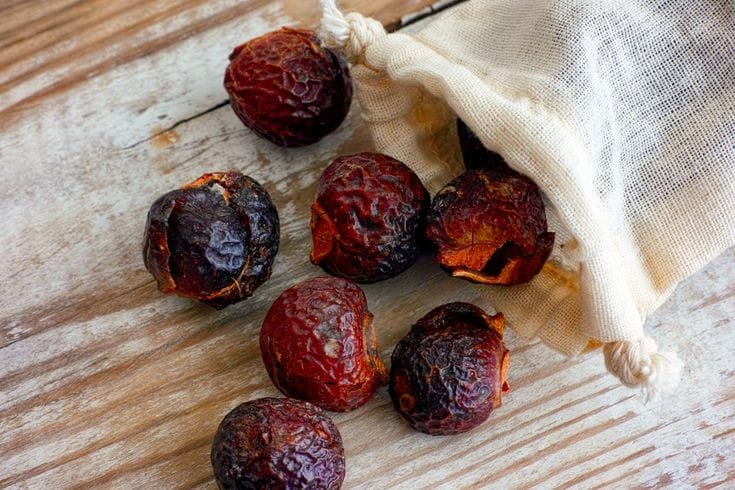
5. Nourishment
Nourishment is the lifeblood of the Kunkudu plant, promoting growth and vitality from roots to leaves. Like a culinary masterpiece, soil serves as a rich canvas from which plants derive nutrients. Through a complex root network, the kunkudu plant extracts essential nutrients, minerals, and water and converts them into the building blocks of life. From nitrogen for lush foliage to phosphorus for strong stems, each nutrient plays an important role in promoting plant health and resilience.
6. Issues
A common challenge for farmers is the threat of pests and diseases. Aphids, scale insects, and fungal pathogens are among the potential pests and diseases that can attack Kunkudu plants, damaging leaves and affecting fruit development. Additionally, environmental factors such as extreme temperatures, drought, and waterlogging can stress plants and affect their health. Improper soil drainage and nutrient deficiencies can also lead to stunted growth and poor fruit production.
What are the Benefits of Kunkudu Plant ?
The soapnut fruit produced by the Kunkudu plant contains saponin, a natural compound that creates a foaming effect when mixed with water. This makes it an excellent environmentally friendly alternative to synthetic detergents for laundry, dishwashing and cleaning. In contrast to many commercially available cleaning products that contain harsh chemicals, Soap Nuts are skin-friendly and environmentally friendly. They do not pollute waterways or harm aquatic life, making them a sustainable option for cleaning. Soap nuts can be used for various cleaning purposes such as washing clothes, dishes, and even as a gentle shampoo for your hair. Its versatility makes it a practical and cost-effective solution to your household cleaning needs. In addition to its cleaning properties, soap nuts also have natural insecticidal properties that effectively repel pests such as ants, mosquitoes, and cockroaches. This makes it a safer alternative to household chemical pesticides. Soapnut fruit is rich in antioxidants that protect the body from oxidative stress and inflammation. Consuming soapnut extract or using soapnut-based skin care products can have a positive effect on skin health and overall well-being.
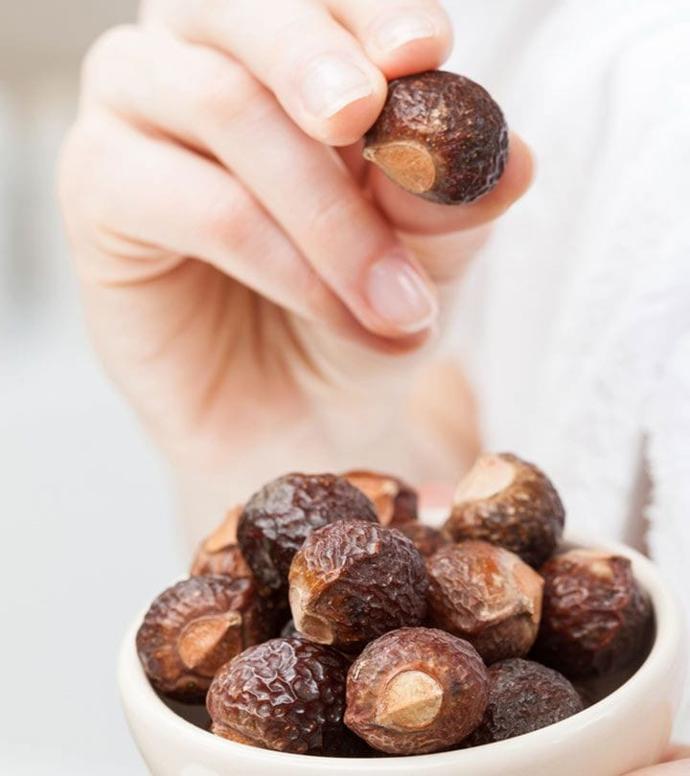
FAQs About Growing Kunkudu
1. Are Kunkudu plants easy to care for ?
Kunkudu plants typically require little maintenance once established. It needs to be watered regularly, fertilized from time to time, and protected from pests and diseases. Pruning may be required to maintain shape and encourage fruit production
2. Can I grow the Kunkudu plant indoors ?
The Kunkudu plant prefers to grow outdoors in warm climates, but it can also be grown indoors in containers if the conditions are right. Make sure it receives enough sunlight and proper care for optimal growth.
3. Is the Kunkudu plant invasive ?
The Kunkudu plant is not considered invasive in most areas. However, it can spread if not taken care of properly. It is important to monitor their growth and prevent them from encroaching on other plants and natural habitats.
4. How do I harvest soap nuts from the Kunkudu plant ?
Soap nuts can be harvested as soon as they ripen and fall from the tree. Collect it from the ground and remove any remaining shells. Dry soap nuts thoroughly before storing or using them.
